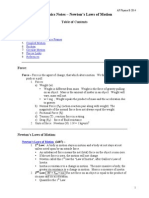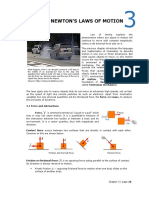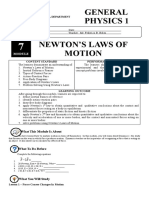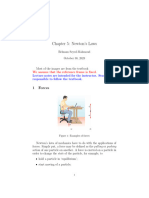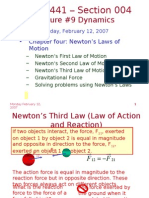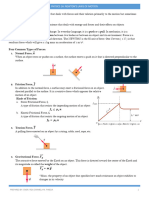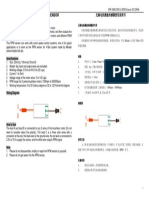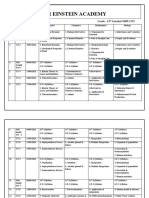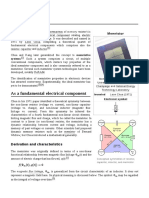0% found this document useful (0 votes)
34 views18 pagesUnit 2 Notes
This document covers Unit 2 of AP Physics C: Mechanics, focusing on Newton's Laws of motion, including the definitions of force, inertia, and the vector nature of forces. It details the application of Newton's Laws, including free body diagrams, tension in ropes, and the effects of friction and inclined planes. Additionally, it discusses the implications of these laws in various scenarios such as elevators and pulley systems.
Uploaded by
kkoutsothodorosCopyright
© © All Rights Reserved
We take content rights seriously. If you suspect this is your content, claim it here.
Available Formats
Download as PDF, TXT or read online on Scribd
0% found this document useful (0 votes)
34 views18 pagesUnit 2 Notes
This document covers Unit 2 of AP Physics C: Mechanics, focusing on Newton's Laws of motion, including the definitions of force, inertia, and the vector nature of forces. It details the application of Newton's Laws, including free body diagrams, tension in ropes, and the effects of friction and inclined planes. Additionally, it discusses the implications of these laws in various scenarios such as elevators and pulley systems.
Uploaded by
kkoutsothodorosCopyright
© © All Rights Reserved
We take content rights seriously. If you suspect this is your content, claim it here.
Available Formats
Download as PDF, TXT or read online on Scribd
/ 18


